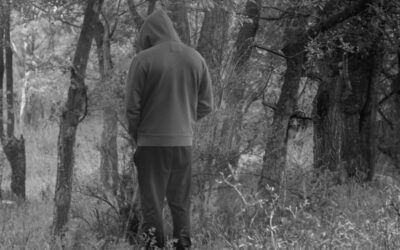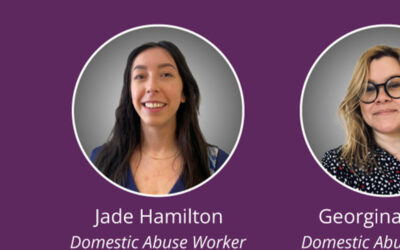Older people are affected by domestic abuse, because domestic abuse can affect anyone. In our communities there are marginalised and hidden groups of people. In these groups it’s harder to see and understand what domestic abuse looks like.
Older people are one of those hidden groups. The oldest person we have worked with was 94. We’ve worked with many elder people, in a manner of ways. Such as moving someone to a safe house as they were experiencing high-risk violence and abuse from their partner.
Older people are less likely to leave or ask for help. This leads to them staying with the person causing harm. UK National Charity Standing Together explains why they believe domestic abuse is often hidden, unseen, or not noticed:
Too often assumptions about age can mean that, when older people are injured, depressed or display other potential signs of domestic abuse, the cause is assumed to be poor health or other social care needs.
Challenges
Understanding the challenges people in our community’s face means we can find solutions easier. Here are a few challenges that older people may face.
Mobility and health
Older people may not be able to get out and travel independently. Often the person causing harm may also be their carer. They may never travel to, or be left at appointments, on their own. This greatly limits their ability to speak confidentially with other people.
Housing/accessibility
An older person may need housing modifications and/or carers to take over tasks that the person causing harm did. This will need to be put in place to help them leave an abusive relationship, safely. Refuges and safe houses are not usually set up to support older people with additional caring needs. This limits their escape routes and reduces options available to them. If they live in their own home or have savings, they may not be eligible for help and support. This can also impact on what legal aid they have access to.

Reluctant or worried to leave
Many older people typically live in an abusive relationship for many years before they get help. It may take a long time to understand that what they are experiencing is abuse. So, they don’t want to leave their home, or their relationship. Changes to available help/law have been relatively recent. Often they minimise their abuse without even realising it. It’s important to be careful when asking about their abuse, as it may be met with confusion as they don’t perceive it as actual abuse and think it normal.
The person causing harm has needs of their own
We often see a victim of abuse with caring duties and they don’t know how to leave, or feel very guilty which stops them leaving. The perception is that the person causing harm is vulnerable and not able to cause serious harm or abuse.
The person causing harm is a close family member
In these cases, the victim is less likely to report to anyone. They don’t want to criminalise the person and so will experience abuse for far longer. Parents especially don’t want to report their child is abusing them. Often because they fear they will get blamed for poor parenting. It might also be because the older victim wants to maintain contact with their grandchildren, and the abuser is their child.
How can you help?
Ask the question. Be sensitive, but ask. So many never ask about domestic abuse as they don’t feel confident. You don’t need to fix it or get help and support. Just having a person to talk to can be a great start.
Being non-judgemental and listening is something we can all offer. Sharing your own views and opinions is to be avoided. This can make someone struggling to end an abusive relationship become defensive. They may still love the person causing harm. So, being critical might push them to return to the abuser.
Be there to support during the tough times. Offer encouragement and companionship. These are all invaluable.
Being aware of different types of domestic abuse and how to help is very useful.
- To help you understand the different types of domestic abuse you can attend a free virtual training session with our Dragonfly Workshops
- Contact your local domestic abuse helpline for advice and support.
- Regularly check in with the older friends/relatives
Making it safer
If the person has left the abusive relationship, then you may be able to help them keep themselves safer. There are a number of ways you can help:
- You can request Sanctuary support from your local housing team or your local domestic abuse service. They will carry out many of the actions below
- Ensure locks have been changed and the person causing harm can’t access the property
- You can carry out a property check and see if the perimeter of the house is secure
- Check all doors and windows are secure and are lockable
- Ensure any outbuildings (shed/garage) can be locked
- Remove any items from the perimeter that could be used to break a window
- Assist with putting up sensor lights or CCTV where applicable
- Check the battery on smoke/heat detectors and carbon monoxide detector are working
- Changing walking routes and get company for appointments or shopping where possible



